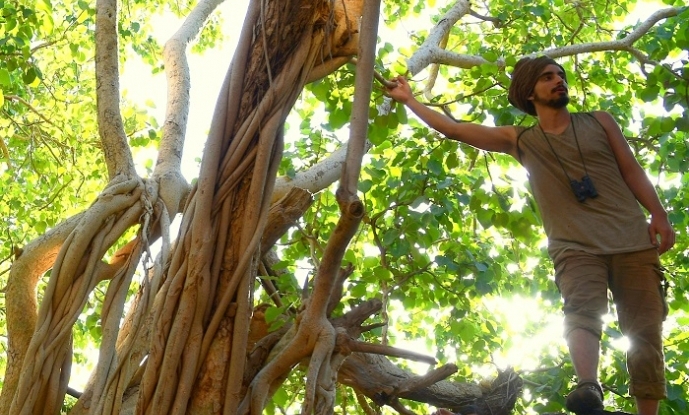André Vicente Liz
Post-Doc Researcher
Details
Position
Post-Doc Researcher
Member type
Researchers
Degree
PhD
Address
CIBIO-InBIO, Universidade do Porto, Campus de Vairão, Rua Padre Armando Quintas. 4485-661 Vairão, Portugal
Groups
I am an early career biogeographer seeking to advance our understanding on how landscape processes, from climate to geology, have shaped the uneven distribution of living organisms on Earth, and on how this knowledge can help improve biodiversity agendas in the current context of climate crisis and intra-specific diversity loss. For this, I integrate historical, macrogenetic and conservation approaches, with a primary focus on the desert biotas of North Africa and the Arabian Peninsula.



